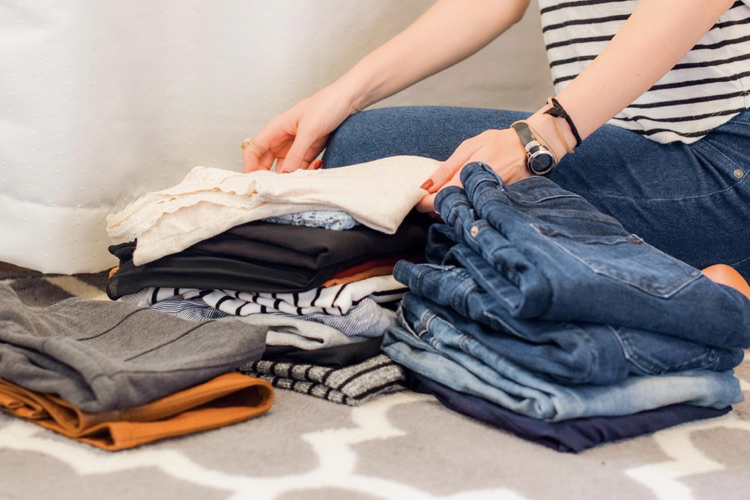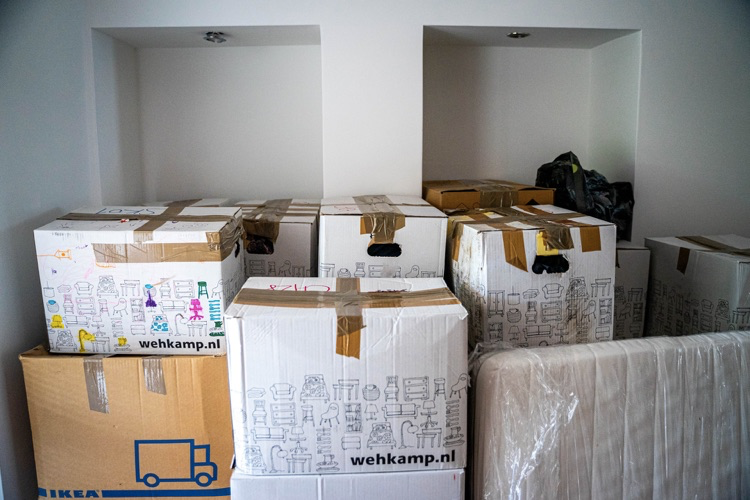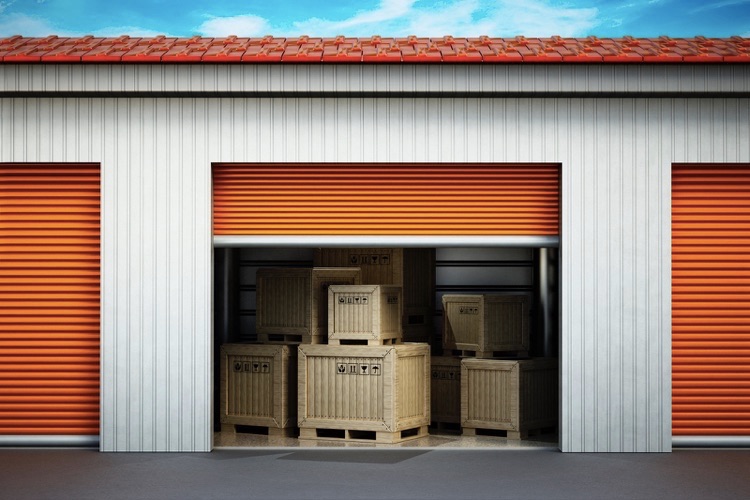How to pack kitchen appliances for moving
If you’ve ever moved before then you probably know how time-consuming it can be. Areas like the kitchen are especially difficult to pack as you need to carefully wrap each item.
Knowing how to systematically pack things in your kitchen will help you significantly. Need help? You’ve come to the right place. We will provide tips and tricks to successfully pack your kitchen appliances so that they arrive at their storage destination safely. Ready? Let’s dive in.
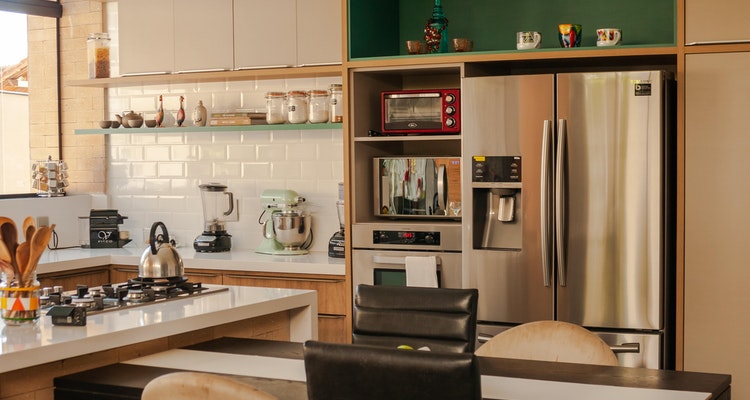
What you need
- Boxes
- Tape
- Packing paper
- Bubble wrap
- Cable ties
- Permanent marker
- Furniture blankets
Clean each appliance
Before you begin packing, you need to clean each appliance thoroughly. If the appliances are already clean, then you can skip this step. Remember that when you move, you won’t have time to clean each appliance so rather get it done now.
Disassemble the appliances
There are certain appliances that should be disassembled before moving. Whenever possible, you should always remove any loose or detachable parts from the small kitchen appliances before packing them in the paper.
You will also need to remove all loose parts so that they do not fall off or break while moving. This is important as some items are too large to pack and would need to be disassembled. Plastic or glass jars must be removed and packed separately.
You should also keep these parts close together so that you can pack them in the same box when you are done wrapping them. If you are unsure how to disassemble them, simply refer back to the respective manuals.
Packing the items
Now that your items are cleaned and disassembled, it’s time to start wrapping them up. Try not to put many small appliances in one big box as it is not a great idea to pack fragile items together, even if they are secured well.
Prepare your appliances by bundling the loose cords with cables ties or you can use tape. You can also use tape to secure the cord to the side of the appliance (don’t worry though, the residue from the tape can be easily removed with adhesive remover).
Next is to wrap each item well, using packing paper (you can also use newspaper). Use two to four layers of paper for fragile parts. You can use packing tape to keep the paper in place.
Line your boxes with packing paper and then pack items in them. As mentioned above, try to keep items from one appliance in one box, and use boxes that are close to the appliance’s size. Once you have packed the item, fill the box with more paper to secure the items. You can then use thick tape to seal the box.
Ensure that you apply at least 3 to 4 pieces to re-enforce the flaps of the box securely. Before you move on to the next box, label the box with your marker. This is especially useful for items that are fragile so that they aren’t packed under heavier boxes. It is also helpful to label exactly what is in each box so that you can unpack it easily.
Bubble wrap
Bubble wrap is one of the most common packing materials available. It keeps items safe, and the air-filled bubbles provide extra protection against shocks and vibrations. It also protects items from scratches and chipping. It is available in sheets, bags, and even envelopes. Bubble wrap should be used to pack extremely fragile items like stemmed glasses and vases.
It is also ideal for awkwardly shaped items. Bubble wrap can be used to wrap toys, furniture, and art as well as antiques and electronics.
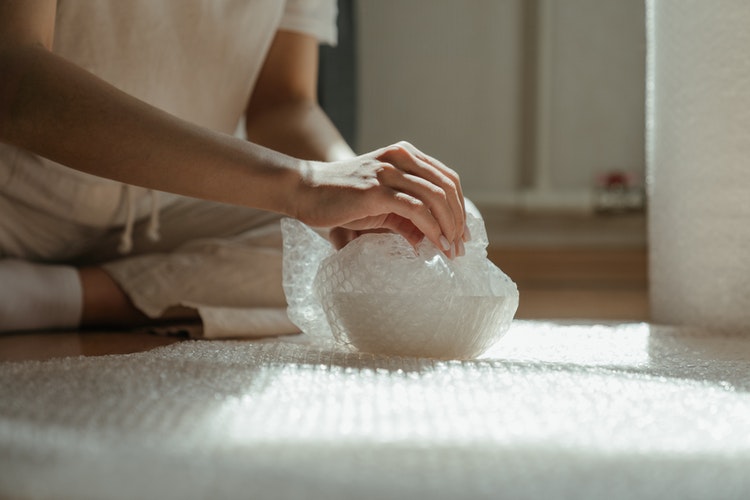
Packing paper
Packing paper is the traditional material used for wrapping household items when moving. It is soft and smooth therefore it is gentle on your most delicate possessions. It takes much less space than bubble wrap when packing. Packing paper is best for delicate items like dishes, glass tabletops, and fine surfaces. It can be used for books, mirrors and pictures.
Conclusion
Make sure that your items have maximum protection during your move by using bubble wrap and packing paper. Wrap your delicate items in packing paper and then the second layer in bubble wrap.
Lay your box with bubble wrap or packing paper to cushion your items and place a piece at the top, before sealing your box. Remember to label your boxes to avoid confusion when unpacking.
